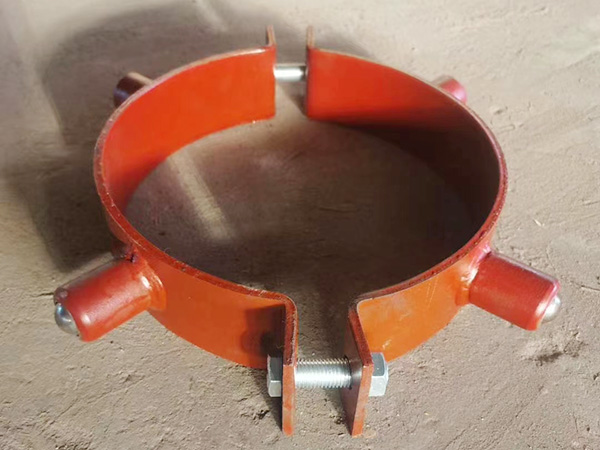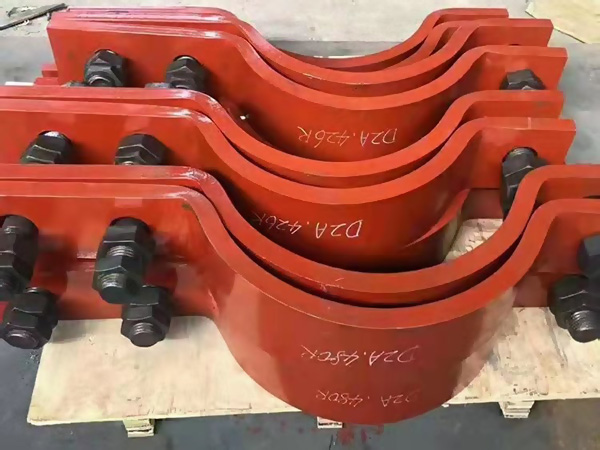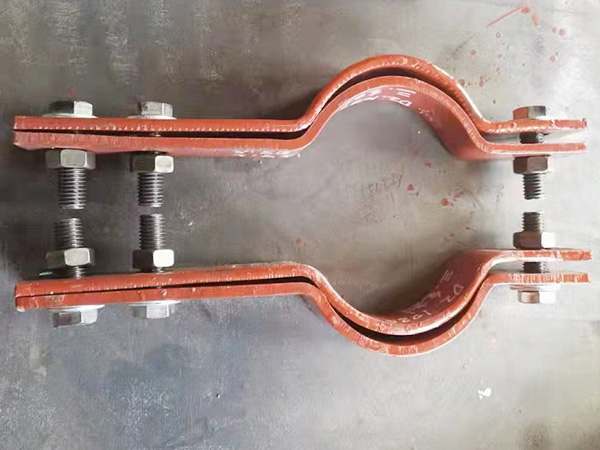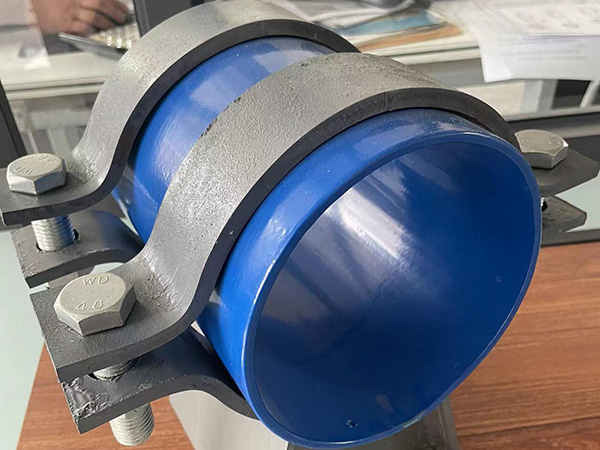Forming Challenges of Small-Radius Elbows
Author:Mingde Time:2025-05-28 17:52:00 Click:57
Small-radius elbows, typically defined as elbows with a centerline radius equal to or less than the nominal pipe diameter (R ≤ 1D), are widely used in systems where space is limited and a sharp change in direction is required. However, their manufacturing process is more complex than that of large-radius or standard elbows. The reduced bending radius introduces several technical challenges that must be carefully addressed during production.
1. Material Deformation and Wrinkling
Challenge:
When forming small-radius elbows, the metal undergoes intense deformation due to the tight curvature. The inner wall of the bend is subjected to compression, while the outer wall experiences stretching.
Risk:
Wrinkling on the inner curve due to material buckling under compression.
Cracking or thinning on the outer curve due to excessive stretching.
Solution:
Use of mandrels or internal supports to control deformation.
Application of optimized hot-forming or incremental cold-forming techniques to distribute stress evenly.
2. Wall Thickness Inconsistency
Challenge:
The difference in stress between the inner and outer arcs often results in non-uniform wall thickness, with thinning at the extrados (outer curve) and thickening at the intrados (inner curve).
Risk:
Structural weakness due to wall thinning.
Difficulty in ensuring uniform pressure resistance across the elbow.
Solution:
Implement advanced forming simulations and tooling design to anticipate material flow.
Apply compensation techniques, such as starting with thicker material or post-forming machining.
3. Springback and Shape Accuracy
Challenge:
Springback occurs when the material partially returns to its original shape after bending, which is more pronounced in small-radius bends.
Risk:
Deviation from required angle or curvature.
Failure to meet dimensional tolerances.
Solution:
Over-bending slightly during the process to compensate for springback.
Use of precision dies and CNC-controlled forming equipment to ensure repeatability.
4. Tooling Design Complexity
Challenge:
Forming tools and dies for small-radius elbows must withstand high stress and deliver precise pressure distribution to avoid defects.
Risk:
Tool wear and misalignment.
Higher production costs due to complex tooling.
Solution:
Use high-strength, wear-resistant materials for dies.
Regular tool maintenance and calibration to ensure accuracy.
5. Higher Forming Force Requirements
Challenge:
Tighter radii require significantly more force to bend the pipe or plate material, especially for thicker wall elbows or high-strength alloys.
Risk:
Increased energy consumption.
Potential equipment overload or damage.
Solution:
Use hydraulic or servo-electric presses with adequate capacity.
Optimize forming speed and lubrication to reduce resistance.
6. Heat Treatment and Residual Stress
Challenge:
The aggressive forming process can introduce residual stress into the material, especially if forming is done cold.
Risk:
Reduced fatigue life.
Warping or cracking during subsequent processing or operation.
Solution:
Apply post-forming heat treatment (such as annealing or normalizing) to relieve internal stresses.
Conduct non-destructive testing (NDT) to ensure structural integrity.
Conclusion
Manufacturing small-radius elbows presents significant challenges, including material deformation, wall thickness inconsistency, springback, and high tooling stress. These difficulties require careful planning, advanced forming techniques, and rigorous quality control to ensure the finished elbow meets performance standards. When produced correctly, small-radius elbows offer compact design advantages in high-density piping systems, making the complex forming process worthwhile in many industrial applications.
 Hot Products
Hot Products
 Contact Us
Contact Us
Contact:
Mobile:+86 +86 19133378808
Website:mingdepipe.com
Address:










